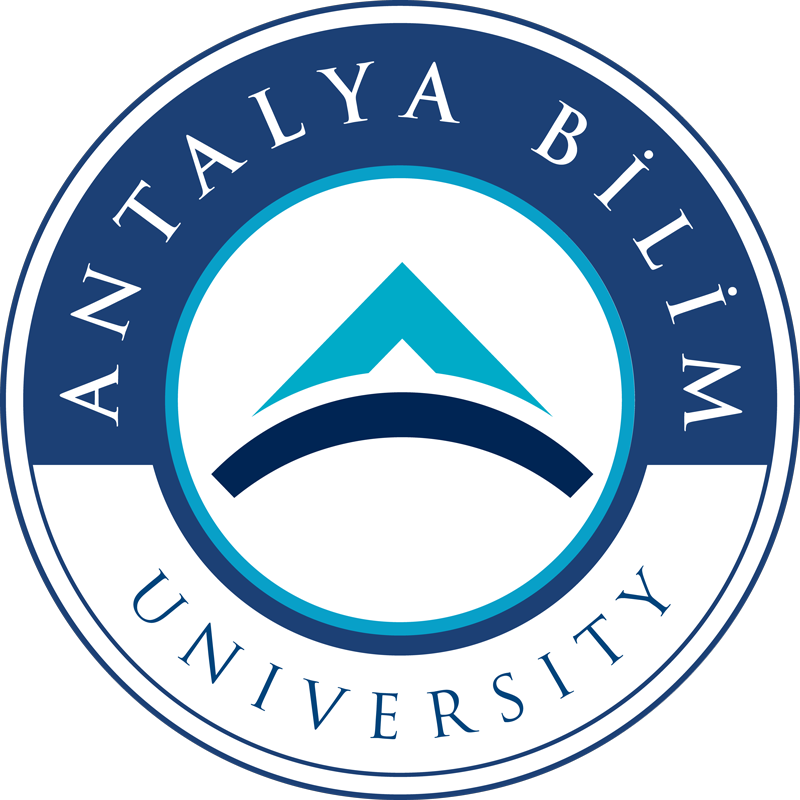WHAT MAKES FOR AN EFFECTIVE PRESENTATION?
- We come across presentations in almost all aspects of our lives. Beginning with our earliest schooling and continuing through our academic and work lives, presentations are an indispensible tool.
- Encompassing skills such as reading, writing, speaking and research, presentations identify a goal and work towards that goal by communicating with the audience through visual and verbal expressions.
- Every presentation doesn’t leave the same taste in your mouth. All of us have seen speeches and presentations, whether at school, a conference, or on TV.
- There are presentations that get you to listen, that broaden your horizons, that excite you, but there are some that make you sleepy, that make you bored with the subject and count the moments until they end. So, why do they leave different tastes? Why is it that one presentation can be really impressive while another barely interests me? Because the main thing that adds spice to a presentation is the use of effective presentation methods.
- What are effective presentation methods?
EFFECTIVE PRESENTATION METHODS
An effective presentation is one that:
- Is aware of individual success
- Is in control of anxiety and motivation
- Is audience-centered
- Contains an effective main message
- Takes great care in its use of spoken and written language
- Uses a significant amount of body language
- Is supported by audio-visual technology
- Demonstrates practice and preparation
WHY DESIGN AN EFFECTIVE PRESENTATION?
- The listener can learn new things about new topics.
- The listener will be more likely to accept your views and ideas.
- As your ideas become accepted and put into practice, you may experience many changes in your own life.
- The listener can create a roadmap to achieve a goal and thus save time.
- The sense of wonder will increase with a desire for learning.
- The proportion of excitement and confidence will increase.
- The listener's confusion about a topic will be clarified.
- It is an important tool in achieving effective results.
STEPS FOR AN EFFECTIVE PRESENTATION
Getting ready for the presentation
- Establish the purpose of your presentation.
Establish why you are preparing the presentation before determining its contents. The criteria for the contents will be different based on your purpose. Use topics, ideas, and stories appropriate to support the contents of both informative and humorous presentations.
- Determine a plan for your presentation.
Create a brief outline for your presentation and determine how much time to allot for each point.
- Be knowledgeable about the subject of your presentation.
Check out the venue where you will give your presentation. If you have videos or slides, make sure that they are viewable when you use a different computer.
- Know the audience for your presentation.
During the Presentation
- Research ways to make your presentation lively.
- Use tables, statistics, pictures, posters, and film clips to increase interest in your presentation.
- Don't be afraid of making eye contact with your listeners.
- Don't forget about your tone of voice, gestures and facial expressions
- Be prepared to project a stage presence.
- Be sincere and natural.
- Do not spend too long reading from your notes or the screen. Create a conversational air and prefer short sentences over complex ones.
- Do not repeat verbatim the sentences on the slide.
After the Presentation
- You may end your presentation by briefly summarizing the main points.
- Always make time for a question-and-answer period.
- Be prepared for this section beforehand.
